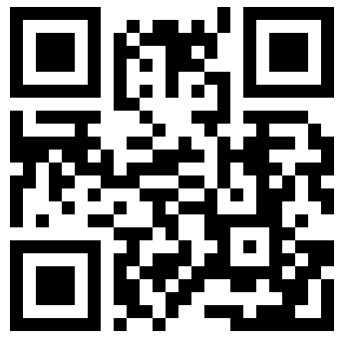Phone
+86 18630938527
Heart disease is one of the major global health problems, and its diagnosis has a crucial impact on the treatment and prognosis of patients. Traditional invasive monitoring methods, such as electrocardiography and catheterization, although have certain accuracy, often bring certain discomfort and risks to patients. Therefore, non-invasive monitoring technology is increasingly receiving attention from the medical community. Among them, medical ultrasound scanners play an important role in heart disease diagnosis. This article will explore the application of non-invasive monitoring in heart disease diagnosis and the development of medical ultrasound scanners.
Overview of non-invasive monitoring
Non invasive monitoring refers to the use of non-invasive methods to monitor patients' physiological parameters, such as blood pressure, heart rate, blood oxygen saturation, etc. Non invasive monitoring technology has been widely applied in many fields, especially in the diagnosis of heart disease. Through non-invasive monitoring technology, doctors can understand patients' conditions in real-time and accurately, providing a basis for formulating correct treatment plans.
The Application of Medical Ultrasonic Scanner
Medical ultrasound scanner is a device that uses high-frequency sound waves to image the internal structure of the human body. Through medical ultrasound scanners, doctors can clearly observe the patient's heart structure, function, and blood flow, thereby making accurate diagnoses of heart disease.
Ventricular function assessment
Medical ultrasound scanners can accurately evaluate the function of the ventricles. By measuring parameters such as ventricular wall motion speed, thickness, and ventricular output, doctors can make accurate judgments about the systolic and diastolic function of the ventricle. This helps in early detection and quantification of heart disease, providing a basis for the development of treatment plans.
Real time blood flow monitoring
Medical ultrasound scanners can monitor patients' cardiac blood flow in real-time. By observing the blood flow velocity, direction, and distribution of blood vessels, we can gain a deeper understanding of the pathophysiological mechanisms of heart disease. This is of great significance for evaluating the condition, monitoring efficacy, and judging prognosis.
Myocardial Motion Analysis
Medical ultrasound scanners can also monitor and analyze the movement of the myocardium in real-time. By measuring parameters such as myocardial velocity, acceleration, and motor coordination, the overall function of the heart can be evaluated. This helps to detect and quantify myocardial lesions in the early stages, providing guidance for the treatment of cardiomyopathy.
Diagnosis of pericardial diseases
Medical ultrasound scanners are also of great significance for the diagnosis of pericardial diseases. By observing the structure and movement of the pericardium, accurate diagnosis of pericardial lesions can be made. For example, the amount and distribution of pericardial effusion can be detected to help doctors develop appropriate treatment plans.
The advantages of medical ultrasound scanners
Non invasive: Medical ultrasound scanners examine patients in a non-invasive manner, avoiding the pain and risks brought by traditional invasive examinations.
Real time: Medical ultrasound scanners can reflect the patient's heart structure and function in real time, facilitating doctors to timely understand the patient's condition.
Accuracy: Medical ultrasound scanners have high resolution and image quality, and can provide accurate information on cardiac structure and function.
Repeatability: Medical ultrasound scanners can perform multiple and repeated examinations on patients, facilitating the observation of changes in the condition and the evaluation of treatment effectiveness.
conclusion
In summary, medical ultrasound scanners play a crucial role in the diagnosis of heart disease. Through non-invasive monitoring technology, doctors can gain real-time and accurate understanding of patients' cardiac structure and function, providing a basis for formulating correct treatment plans. With the continuous development of technology, the performance and technology of medical ultrasound scanners are also constantly improving and improving, and their application in heart disease diagnosis will be more extensive and in-depth. In the future, non-invasive monitoring technology will play a greater role in the diagnosis of heart disease, contributing to improving the quality of life and prognosis of patients.
If you have any questions, please contact us!
CONTACT US

